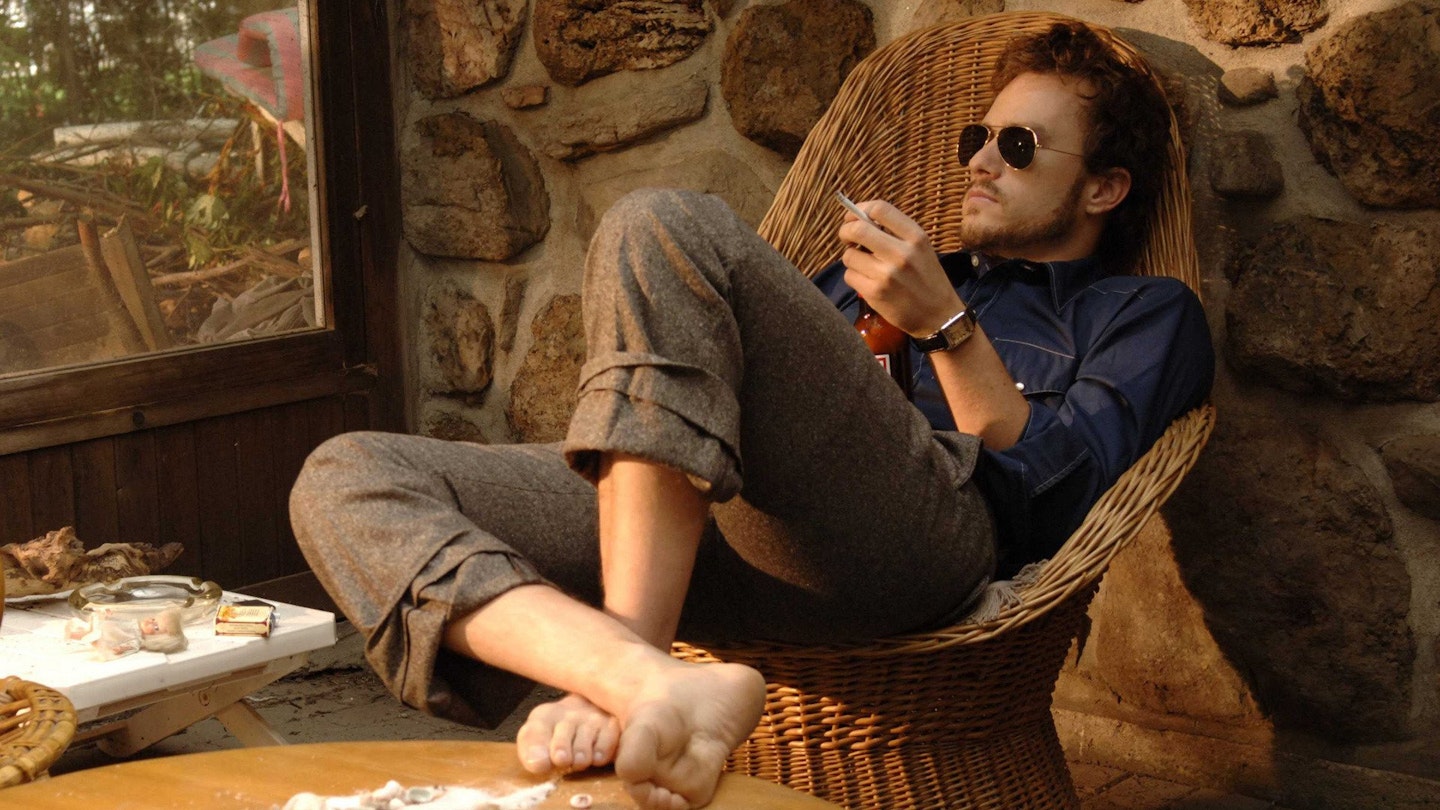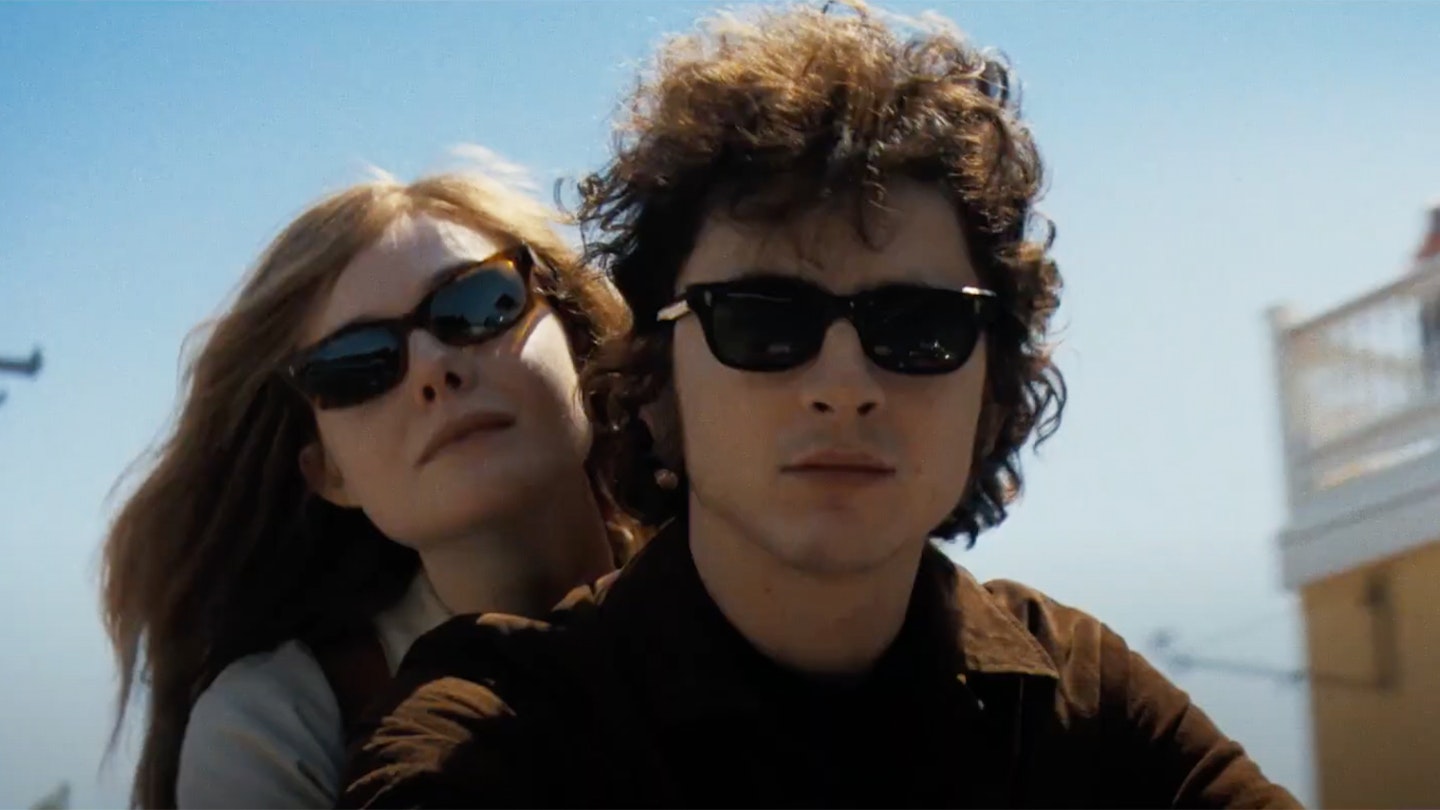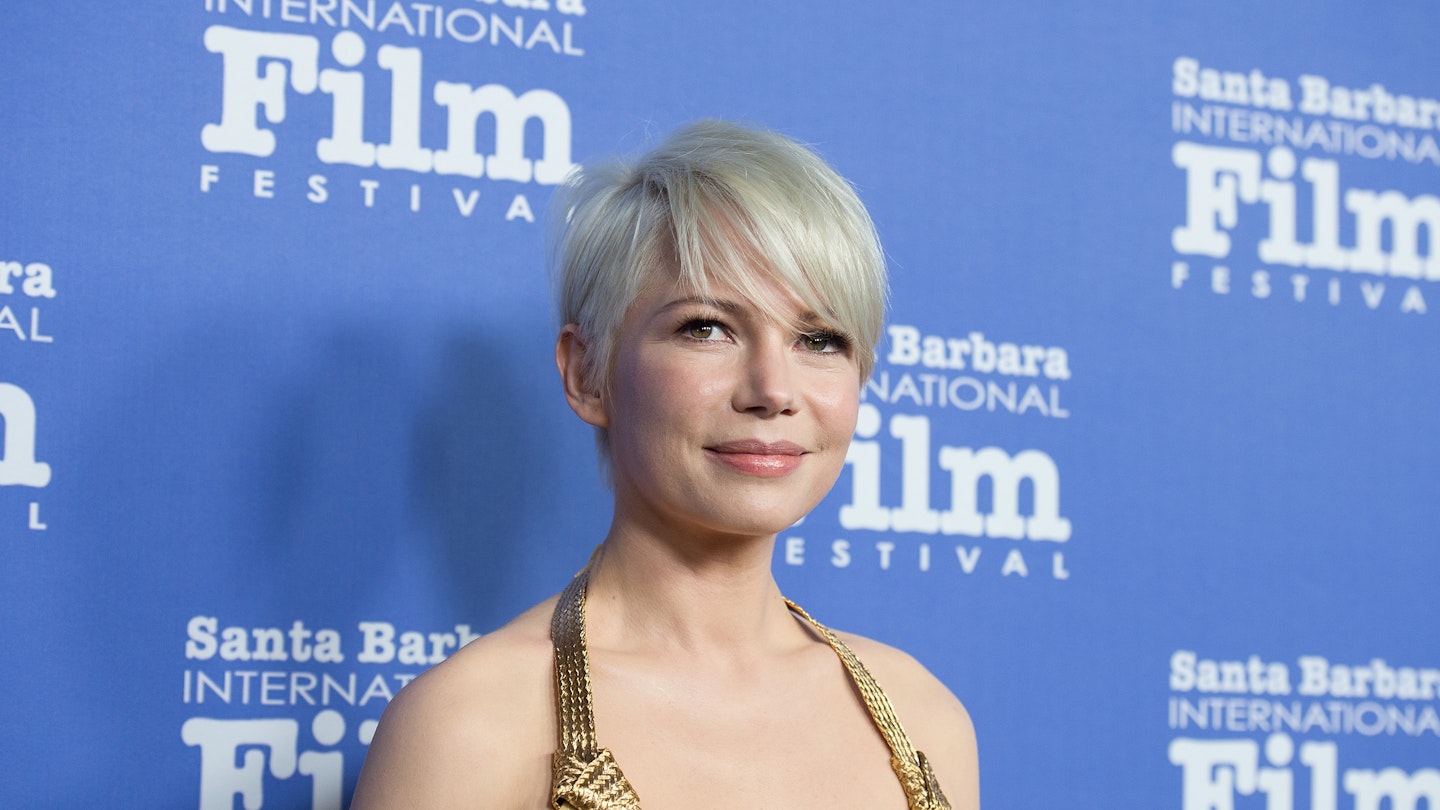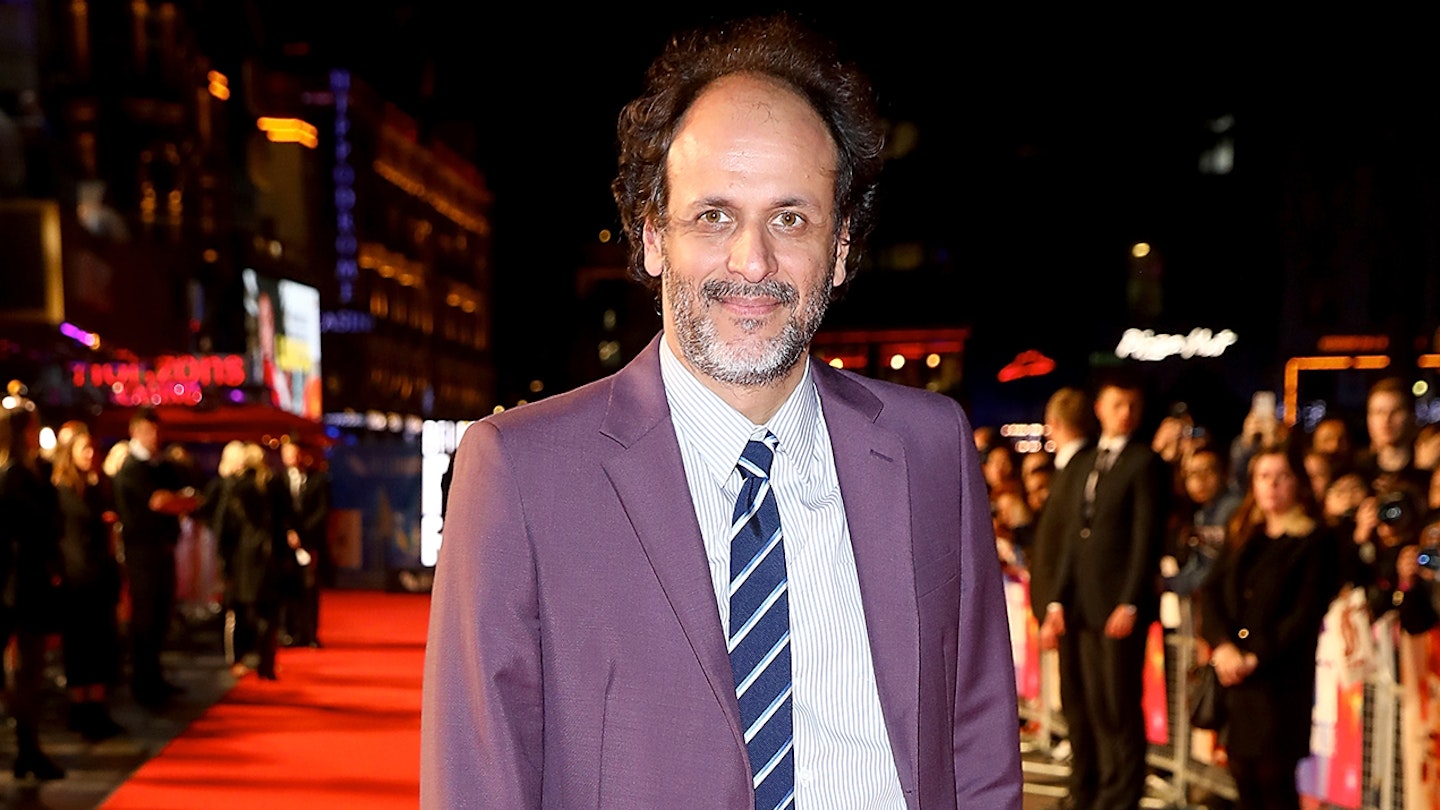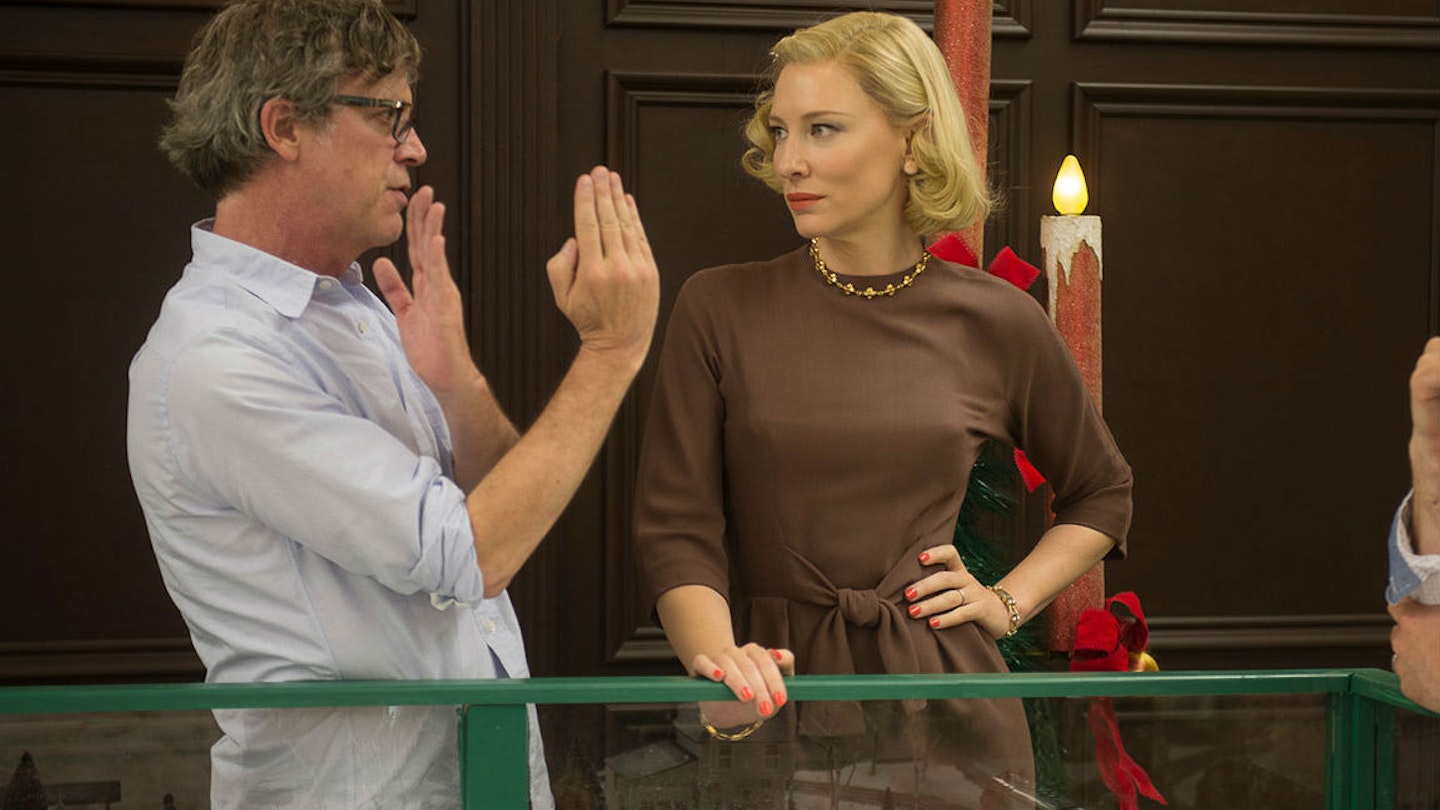A biopic where the famous white, male subject is subdivided into six personalities and played by everyone from an 11 year-old black boy to a statuesque Aussie actress, via both Batman and his forthcoming Joker, with not one of them going by the hero’s name? That’s just crazy. But wily American director Todd Haynes is on to something here. When the focus of your movie is that shapeshifting and hugely reluctant American icon Bob Dylan, how better to capture his slippery spirit than to tell six intertwined stories, each capturing one of the many personas of the great singer? And, for all the pinballing through history and psyche, Haynes, who played with the gauche moves of glam-rock with mixed results in Velvet Goldmine, manages a laid-back groove to his searching.
We start with titchy Marcus Carl Franklin, embodying the early years, when Dylan harkened to the call of his hero folk-singer Woody Guthrie and apparently rode across lush American fields in open-fronted boxcars. To add a further tickle of symbolism (and confusion), this version of Dylan is christened Woody Guthrie. Christian Bale, as Jack Rollins, encompasses the heroic early years when Dylan struck fame and radicalism, and later the ‘saved period’ where he took to the Bible as Pastor John. And Richard Gere, as craggy as a tramp with peppery beard and wire-rimmed specs, plays the modern incarnation searching for the roots of American folklore. Still with us? Okay, we’ll continue...
In the most striking and so-far lauded bit of Bob, Cate Blanchett gives an uncanny depiction of the controversial ‘electric years’ - that point when Dylan shrank away from his folk adulation and appalled the faithful with licks of what sounded like rock. It is Blanchett who most closely captures the familiar herky-jerky frame and wired truculence - the inner conflict of a man confronting a legend he can’t handle. Indeed, there is a look that Blanchett gives the camera, a long, loaded stare down the barrel of a gun, which is worth the asking price alone. You can’t see her missing out on a Supporting Actress (or should that be Actor?) nomination or two come backslapping time.
The story is fractionally chronological, but each tale wraps in and out of the others, defying narrative flow. There is little point in trying to treat each variation as the next ‘Dylan’ in a row. Two of them are, in fact, representations of an emotional event and inspirations. Heath Ledger, playing an imprint who seems to be more actor than singer, is the failed husband, and Charlotte Gainsbourg, as his forlorn wife, an amalgam of all the wounded women of his life. Then there’s Ben Whishaw, who preaches slivers of cute philosophy direct to camera, an echo of Dylan’s obsession with the poet Rimbaud.
As the leads rotate, so the style of filmmaking shifts and warps around the various ideas. For Blanchett’s taut electric years, it floats in a creamy black-and-white of mid-’60s glamour. For Gere’s autumnal years, it drifts into an elegiac landscape, directly referencing Dylan’s own presence in Sam Peckinpah’s Pat Garret And Billy The Kid. There is surrealism, madcap humour, heartbreak, poetry and pure nonsense; most of which, of course, you could equally say of the man himself.
It’s that kind of film: restless and brilliant, annoying and self-satisfied in its intimacy with the subject (who wholeheartedly approved). It will infuriate with its longeurs and frankly baffling little gimmicks, and it drifts on too long. But there’s no doubting Haynes has succeeded in capturing a real sense of the strange figure who can claim to have changed America. We learn nothing greatly significant about Dylan. He remains the fanciful enigma, but we do learn plenty about the futile effort of the press, fan and filmmaker alike to define their heroes. Which is partly the point.
